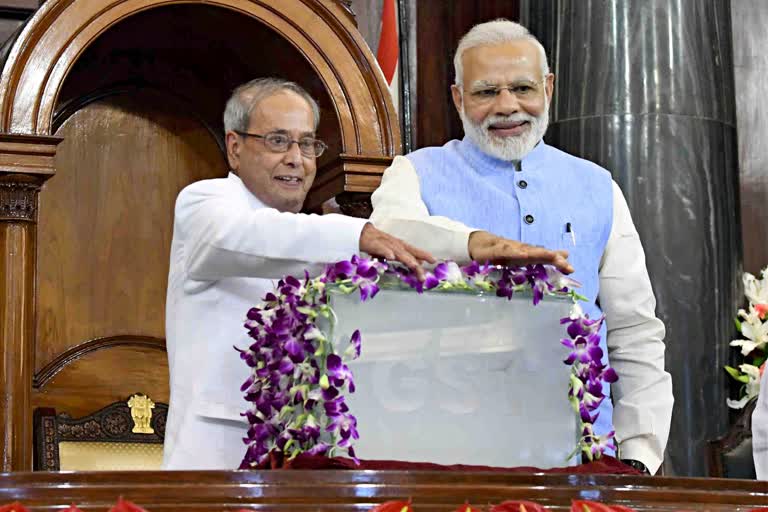Hyderabad: India is celebrating the third birthday of the landmark Goods and Services Tax (GST) today, albeit with a half-baked cake. Widely hailed as the one of the biggest ever tax reforms, GST was introduced in India on 1 July 2017 with the intent of bringing the country under the ‘One nation, one tax’ regime. But even after three years, that remains a distant dream.
Experts believe that though GST has smoothened the flow of goods across states in the country and widened the tax base, all while removing the cascading tax effect, it has still not taken a form that intended to make India a single national market with uniform tax rates across all goods and services.
“I have a mixed feeling on the past three years of GST,”, said Satish Saraf, a GST expert who is also a member of the Telangana GST Grievance Redressal Committee. “The good thing is that we have increased the tax base, improved transparency in the system, made refunds for exporters easier and quicker, but issues like multiple slabs still a concern.”
Currently, the GST rate varies from anywhere between 0.25% and 28%, sometimes with additional cess, with several items also falling in the exempt category or nil duty. Saraf said the government is now reportedly planning to merge all these rates into three major slabs. “If that is made possible, then it will become a good GST,” he said.
Government think-tank NITI Aayog member Ramesh Chand had also in December made a case for only two slabs under the GST regime and said rates should be revised only annually if required. “We should not fiddle with rates or change rates frequently... We should not have many rates. Have only two rates,” he had said.
Different states, different rules
Besides multiple rates, GST is also witnessing a problem of certain differences in registration rules for different states, again not a healthy sign for a regime that aims to unify the nation. According to rules, every supplier of goods with annual turnover of Rs 40 lakh or more is required to register with the government’s GST portal. However, this threshold is Rs 20 lakh in states like Arunachal Pradesh, Manipur, Meghalaya, Mizoram, Nagaland, Puducherry, Sikkim, Telangana, Tripura and Uttarakhand.
Similarly, for services, GST registration is mandatory for all businesses with turnover of Rs 20 lakh or more, except in Manipur, Mizoram, Nagaland and Tripura, where this threshold is Rs 10 lakh.
Read more:Best credit card tips to avoid debt trap in COVID times
Some near-term complexities have also emerged in the system after the Covid-19 pandemic struck the Indian economy. In an attempt to bring relief to taxpayers, the government extended due dates for filing GST returns. But that also varies from state to state and also on the size of the business, which has resulted in confusion and chaos, especially among small and medium-sized enterprises.
Commenting on the same, GST expert Pritam Mahure said: “After three years, the celebrated motto i.e. ‘one nation, one tax’ has been reduced to ‘One nation, many states, one tax, many rates’ or ‘One nation, many states, one tax, many due dates’.”
Mahure said Indian taxpayers are now hoping that the GST Council, which is the policy-making body for GST, starts taking decisions considering the long-term vision with the start of the fourth year of the taxing reform.
Besides these challenges, the fact that petroleum products and real estate – two major revenue sources for the economy -- have still been kept out of the GST ambit has always raised eyebrows. “There is a strong case for a national parity for the prices of the automobile fuel, otherwise the broader objective of a single market under the GST remains unfulfilled,” Industry body ASSOCHAM Secretary General Deepak Sood had told media in May.
Saraf agrees, too. “The government should bring petroleum products under the ambit of GST. This will not only lower the cost of petroleum products, but will also boost the economy.”
(ETV Bharat Report)



